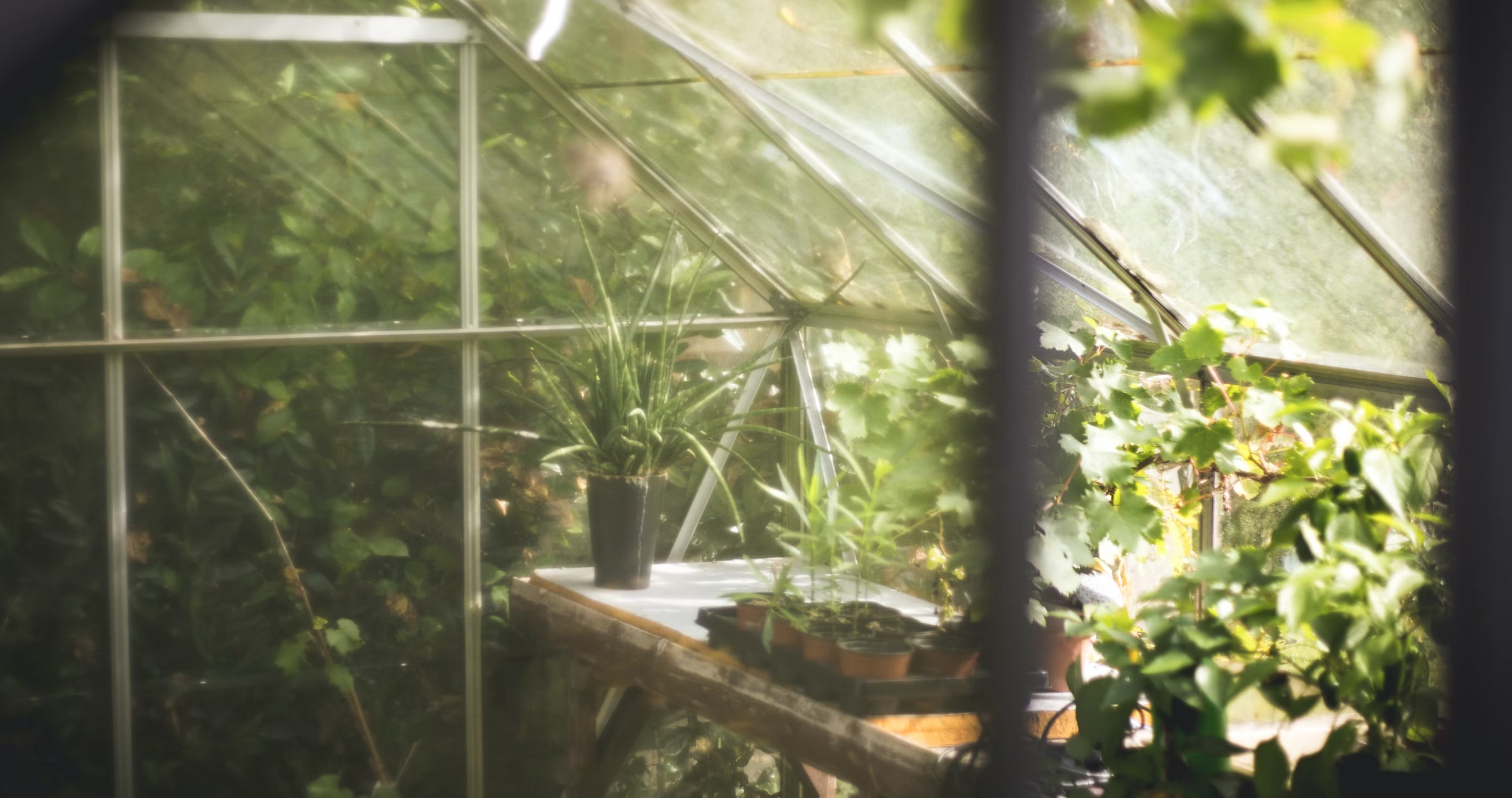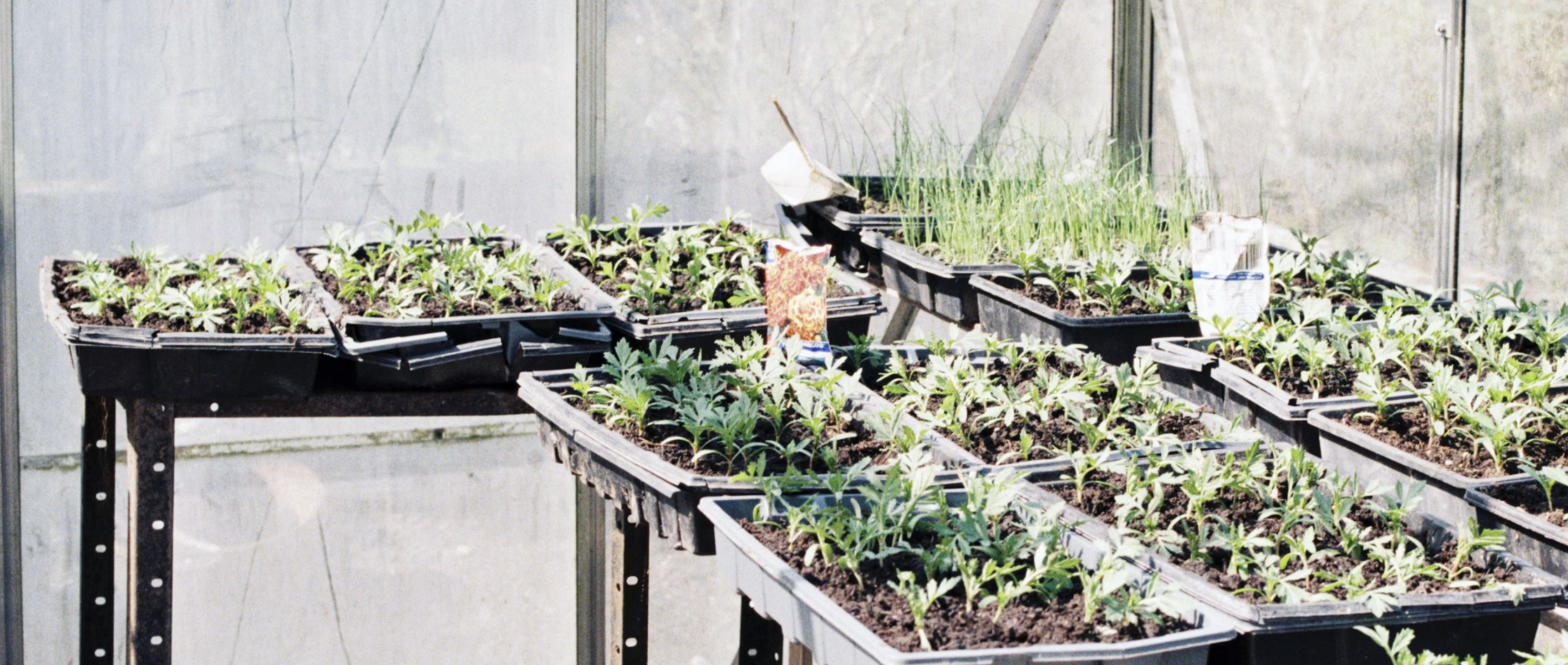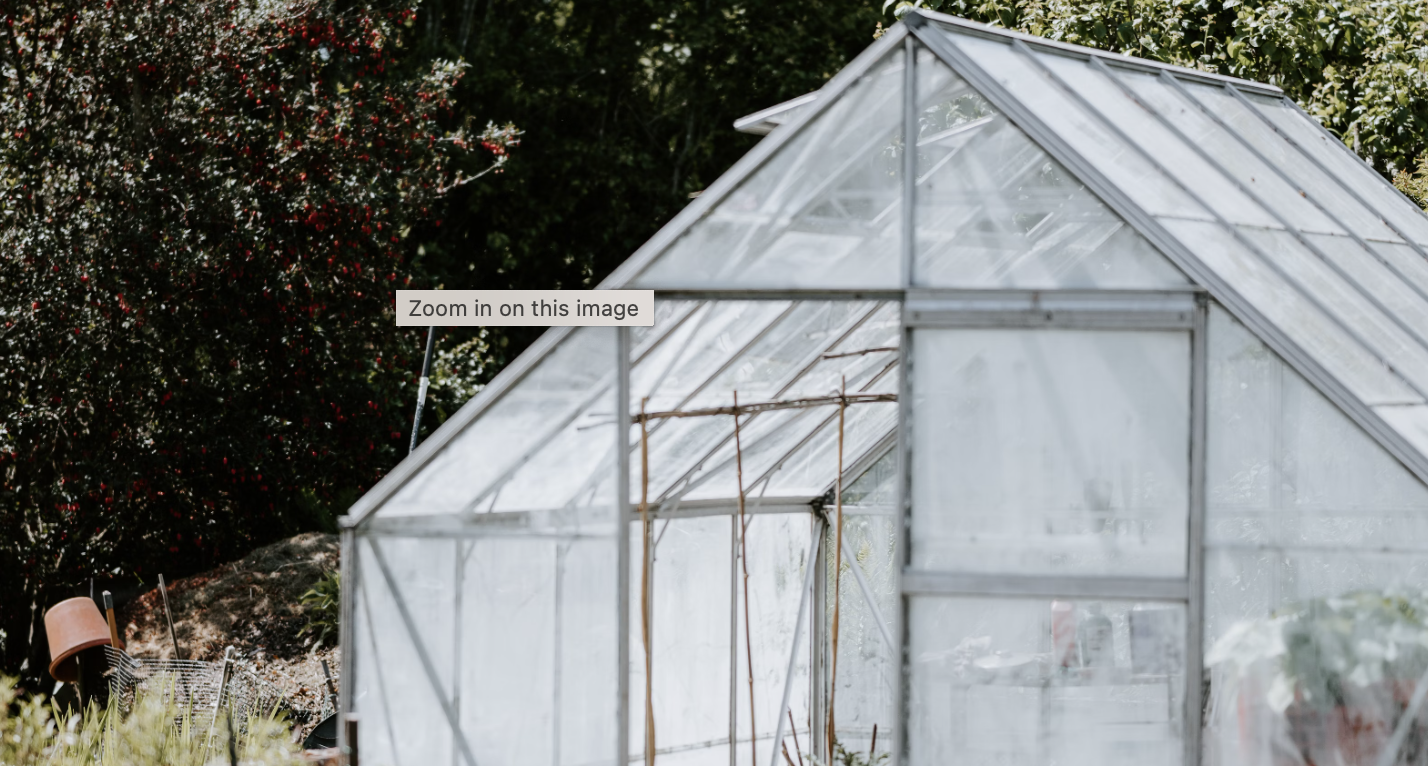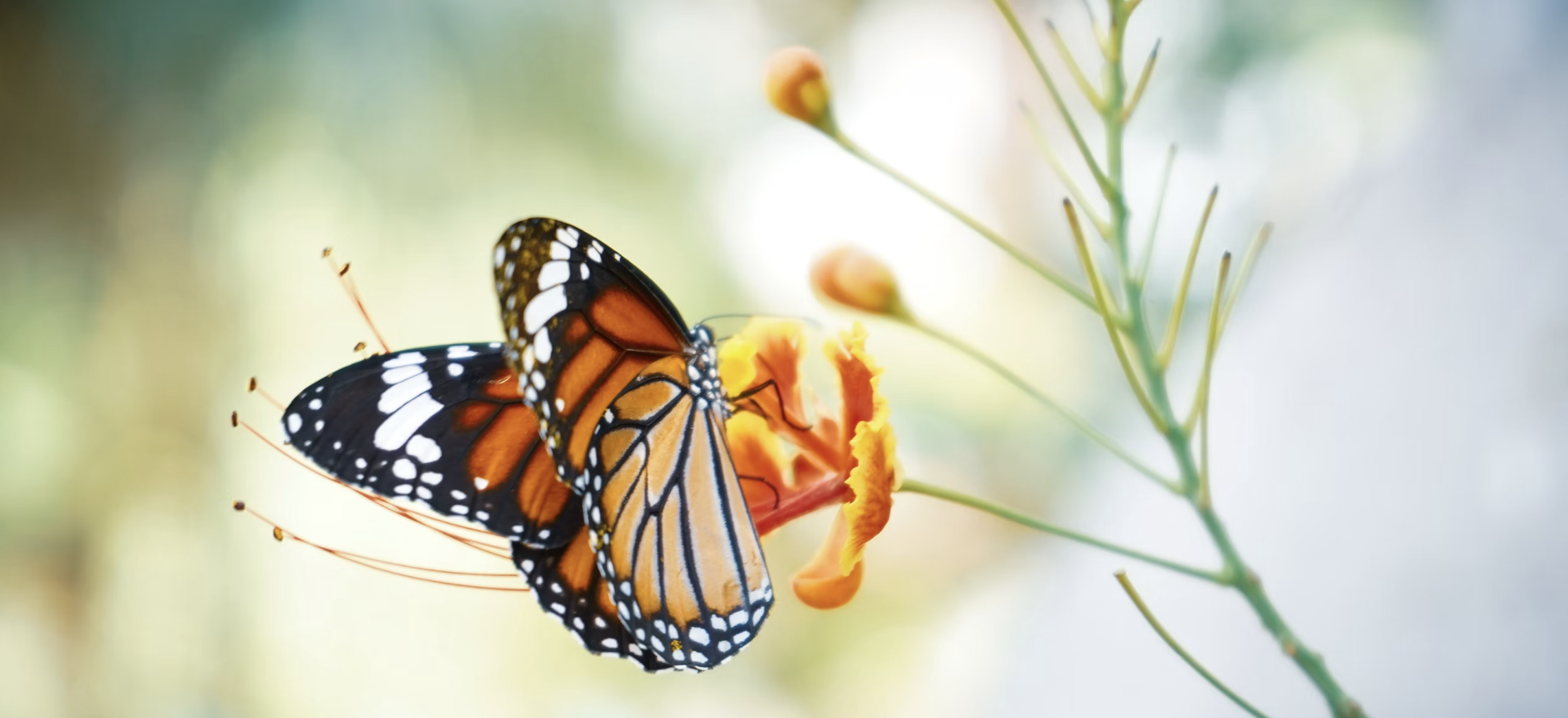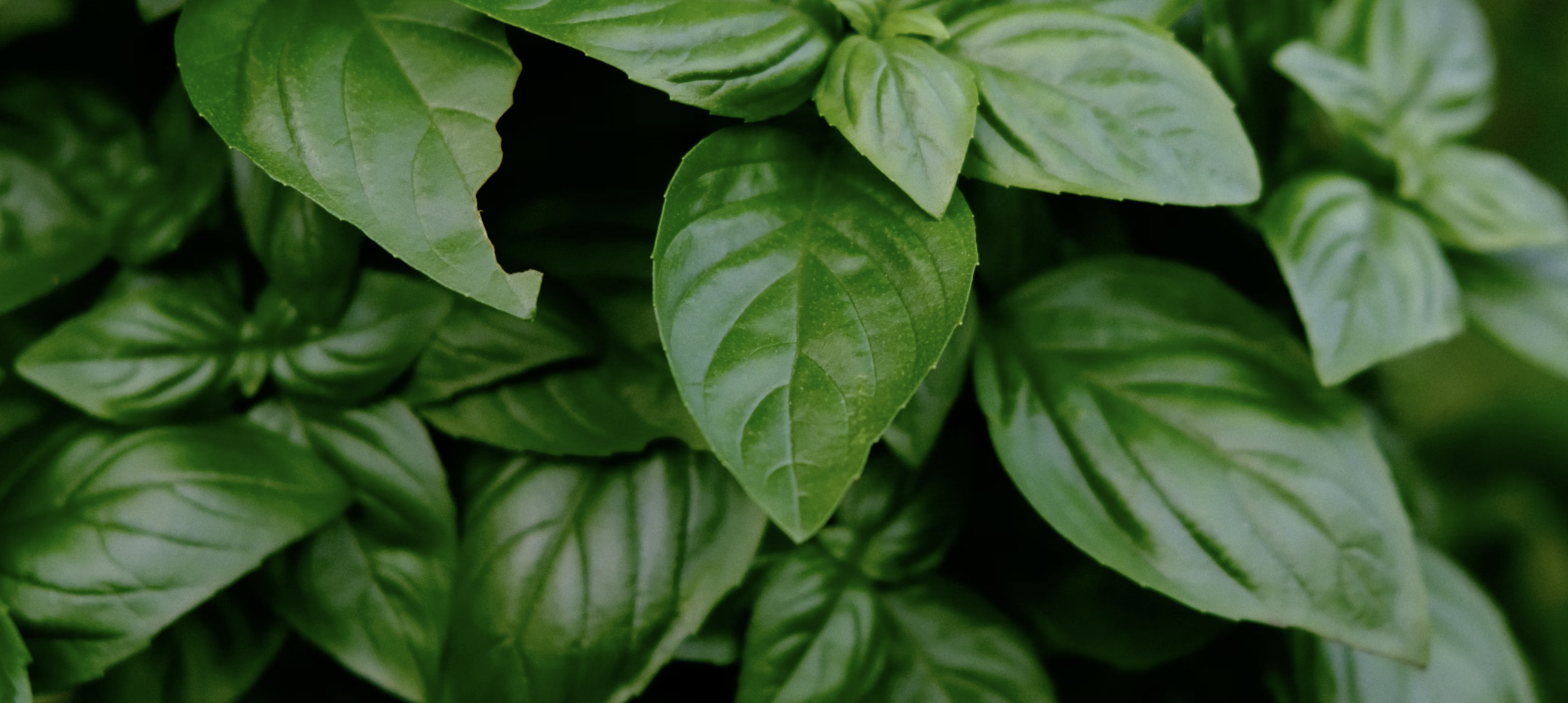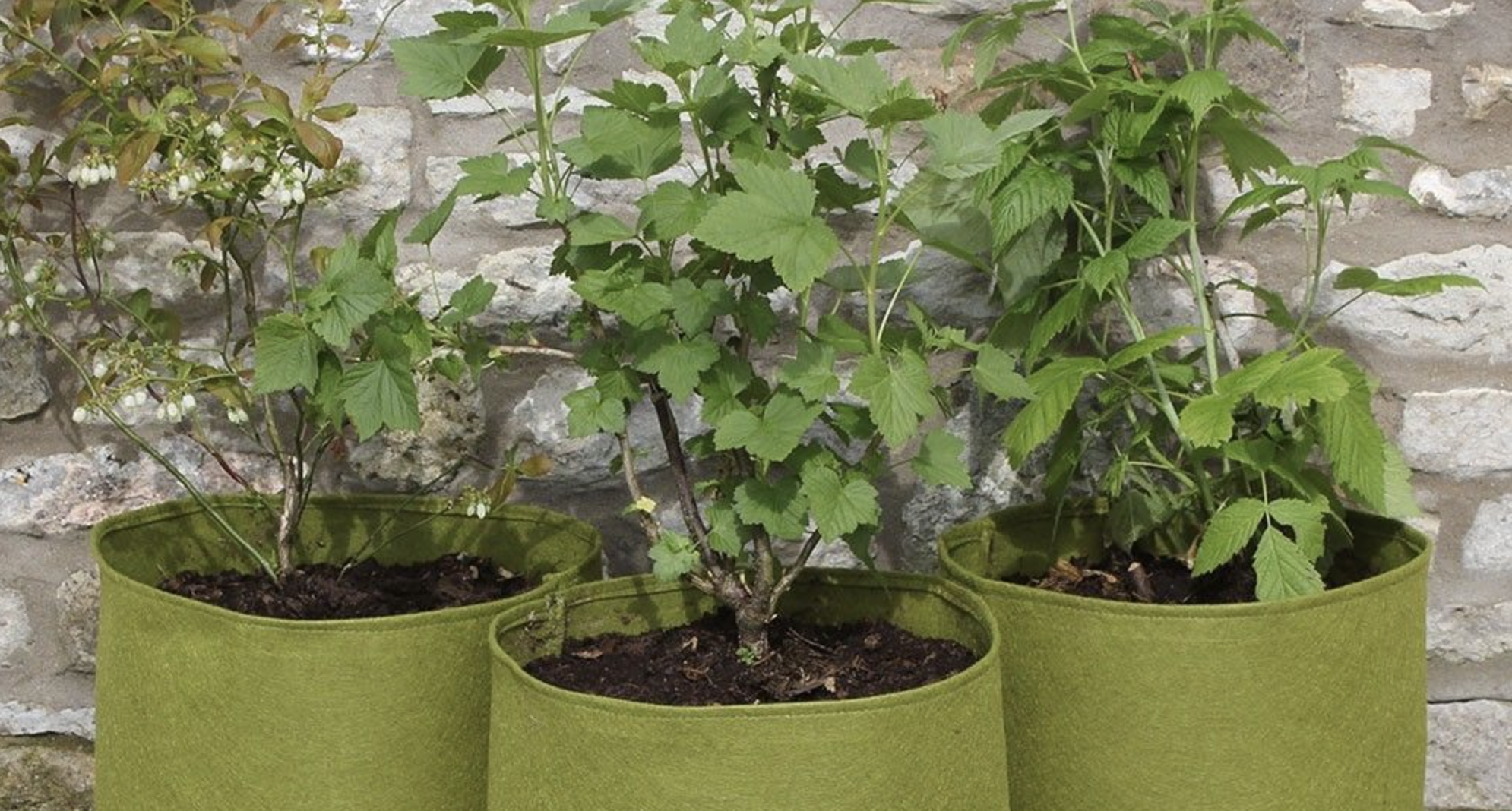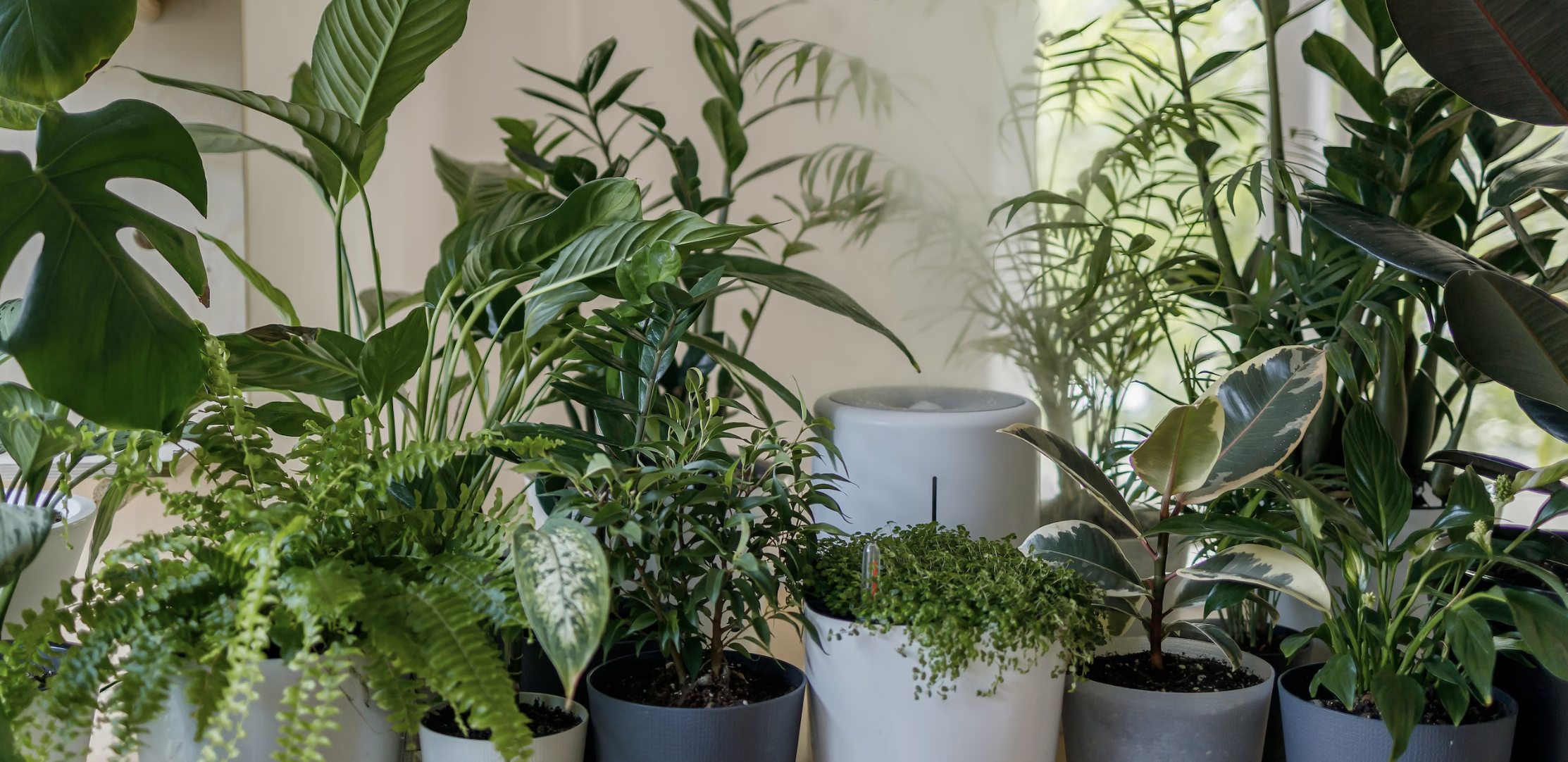
Welcome to the world of gardening, where seedlings transform into thriving plants and the joy of harvest awaits. But what if you could take your gardening game to the next level? That's where a greenhouse comes in.
With a greenhouse, you can extend your growing season, protect your plants from harsh weather conditions, and create the perfect environment for them to flourish. Imagine having fresh vegetables, vibrant flowers, and exotic plants year-round, no matter the climate. Sounds amazing, right?
In this article, we'll delve into the transformative power of a greenhouse and how it can empower your garden. Whether you're a seasoned gardener or just starting out, a greenhouse offers immense advantages that can revolutionize your approach to gardening.
From controlling temperature and humidity to providing a sheltered space for delicate plants, a greenhouse offers endless possibilities. We'll explore different types of greenhouses, tips for setting up and maintaining one, and the wide array of plants that thrive within these glass havens.
So, get ready to unlock the potential of your garden and discover how a greenhouse can elevate your gardening experience from seed to harvest.
Advantages of using a greenhouse
A greenhouse opens up a world of possibilities for gardeners. Let's explore some of the key advantages it offers:
1. Extended Growing Season
One of the most significant benefits of a greenhouse is the ability to extend your growing season. With a controlled environment, you can start planting earlier in the spring and continue growing well into the fall. This means you can enjoy fresh produce for a longer period and even experiment with crops that wouldn't normally thrive in your region.
2. Protection from Harsh Weather
A greenhouse acts as a shield against extreme weather conditions such as frost, heavy rain, and strong winds. It provides a safe haven for your plants, protecting them from damage and ensuring their survival. No more worries about unexpected storms ruining your hard work and precious plants.
3. Optimal Growing Conditions
When you have a greenhouse, you have full control over the environment your plants grow in. You can adjust the temperature, humidity, and light levels to create the perfect conditions for different types of plants. This allows you to grow a wide variety of crops and flowers that may be challenging to cultivate in your area otherwise.
Types of greenhouse structures
Greenhouses come in various shapes and sizes, each with its own unique features. Here are some common types of greenhouse structures to consider:
1. Lean-to Greenhouses
Lean-to greenhouses are attached to an existing structure, such as a wall or a house. They are a great option if you have limited space or want to maximize the use of an existing wall for thermal insulation. Lean-to greenhouses are typically smaller in size and require less material and maintenance.
2. Freestanding Greenhouses
Freestanding greenhouses are standalone structures that can be placed anywhere in your garden. They offer more flexibility in terms of size and design options. Freestanding greenhouses allow for better airflow and provide more space for larger plants and gardening activities.
3. Geodesic Dome Greenhouses
Geodesic dome greenhouses are known for their unique shape and structural strength. The dome design allows for optimal air circulation and even distribution of sunlight. These greenhouses are a popular choice for those looking for a visually appealing and efficient structure.
Choosing the right type of greenhouse structure depends on factors such as available space, budget, and aesthetic preferences. Consider your specific needs and consult with a greenhouse specialist to determine the best fit for your garden.
Choosing the right location for your greenhouse
The location of your greenhouse plays a crucial role in its success. Here are some factors to consider when selecting the perfect spot for your greenhouse:
1. Sunlight Exposure
Choose a location that receives ample sunlight throughout the day. Most plants require at least 6 hours of direct sunlight to thrive. Avoid areas that are shaded by trees or buildings, as this can hinder plant growth and limit the effectiveness of your greenhouse.
2. Access to Water and Electricity
Ensure that your greenhouse is conveniently located near a water source for easy irrigation. Additionally, access to electricity is essential for powering fans, heaters, and other equipment. Plan the location of your greenhouse in a way that allows for easy connection to these utilities.
3. Protection from Strong Winds
Position your greenhouse in a location that is sheltered from strong winds. Windy conditions can damage the structure and put stress on your plants. Consider natural windbreakers such as fences or strategically planting trees to provide additional protection.
By carefully choosing the location of your greenhouse, you can optimize growing conditions and ensure the longevity of your plants.
Essential equipment and tools for greenhouse gardening
To make the most of your greenhouse, you'll need the right equipment and tools. Here are some essentials to consider:
1. Shelving and Benches
Shelving and benches provide valuable space for organizing your plants and gardening tools. They help maximize the use of vertical space and make it easier to tend to your plants.
2. Heating and Cooling Systems
Maintaining the right temperature inside your greenhouse is crucial for plant health. Depending on your climate, you may need a heating system to keep the temperature warm during cooler months and a cooling system to prevent overheating in the summer.
3. Ventilation
Proper ventilation is essential for regulating temperature, humidity, and airflow. Ventilation systems, such as vents and fans, help prevent the buildup of excessive heat and humidity, reducing the risk of plant diseases.
4. Irrigation Systems
Efficient irrigation is key to successful greenhouse gardening. Consider installing a drip irrigation system or sprinklers to ensure your plants receive the right amount of water without wastage.
Investing in quality equipment and tools will make greenhouse gardening more efficient and enjoyable. Research different options and choose ones that suit your specific needs and budget.
Selecting the right plants for your greenhouse
A greenhouse offers a controlled environment that allows you to grow a wide variety of plants, including those that are not native to your region. Here are some popular choices for greenhouse gardening:
1. Tomatoes
Tomatoes thrive in the warm and consistent conditions of a greenhouse. You can experiment with different varieties and enjoy a bountiful harvest of flavorful tomatoes throughout the year.
2. Cucumbers
Cucumbers love the high humidity levels found in greenhouses. With proper support and care, you can grow cucumbers vertically, maximizing your space and yield.
3. Herbs
Growing herbs in a greenhouse allows you to have a fresh supply year-round. Popular herbs such as basil, mint, and rosemary benefit from the controlled environment and are known to flourish in greenhouses.
4. Orchids
Orchids are prized for their stunning blooms and delicate nature. Greenhouses provide the ideal conditions for orchids, with proper temperature, humidity, and air circulation.
When selecting plants for your greenhouse, consider factors such as temperature requirements, light levels, and space availability. Experiment with different varieties and discover the joy of growing plants that may not have thrived in your garden otherwise.
Maintaining optimal temperature and humidity levels in your greenhouse
Temperature and humidity control are crucial for creating a suitable growing environment in your greenhouse. Here are some tips to help you maintain optimal levels:
1. Monitoring and Adjusting
Invest in a thermometer and a hygrometer to monitor the temperature and humidity levels inside your greenhouse. Regularly check and make adjustments as needed to ensure conditions remain within the ideal range for your plants.
2. Heating and Cooling
Use heating systems, such as heaters or heat mats, during cooler months to maintain the desired temperature. In warmer months, consider shade cloths, fans, or evaporative cooling systems to prevent overheating.
3. Humidity Management
Increase humidity levels by misting your plants with water or using a humidifier. Conversely, reduce humidity by providing proper ventilation and avoiding overwatering.
4. Insulation
Insulate your greenhouse to minimize heat loss during colder months. Consider using insulated panels, double-glazed windows, or bubble wrap to trap heat and maintain a stable temperature.
Regularly monitor and adjust temperature and humidity levels based on the needs of your plants. Creating a stable and controlled environment will result in healthier and more productive plants.
Pest and disease management in greenhouse gardening
While a greenhouse offers protection against many pests and diseases, it's essential to remain vigilant and take preventive measures. Here are some strategies for pest and disease management:
1. Sanitation
Maintain a clean and tidy greenhouse by regularly removing fallen leaves, weeds, and plant debris. This helps eliminate potential breeding grounds for pests and reduces the risk of diseases.
2. Biological Control
Introduce beneficial insects, such as ladybugs or predatory mites, to control common pests like aphids or spider mites. This natural approach minimizes the use of pesticides and promotes a balanced ecosystem within your greenhouse.
3. Crop Rotation
Practice crop rotation to minimize the risk of soil-borne diseases. Avoid planting the same crop in the same spot year after year, as this can lead to the buildup of pests and diseases.
4. Regular Monitoring
Keep a close eye on your plants for any signs of pests or diseases. Early detection allows for prompt action, preventing the spread of infestations and reducing potential damage.
By implementing proactive pest and disease management strategies, you can ensure a healthy and thriving greenhouse garden.
Harvesting and maximizing yield in your greenhouse
The joy of greenhouse gardening culminates in the bountiful harvest of your plants. Here are some tips to help you maximize your yield:
1. Proper Harvesting Techniques
Learn the proper techniques for harvesting different crops. Some plants, like tomatoes, are best picked when fully ripe, while others, like greens or herbs, can be harvested at various stages of growth.
2. Successional Planting
Practice successional planting by staggering the sowing and planting of crops. This ensures a continuous supply of fresh produce throughout the growing season.
3. Vertical Gardening
Utilize vertical space by growing climbing plants, such as beans or cucumbers, on trellises or supports. This maximizes your growing area and allows for increased yield.
4. Pollination
Some plants, such as tomatoes or peppers, require proper pollination for fruit production. Consider introducing pollinators like bees or manually pollinate your plants using a small brush or gentle shaking.
Enjoy the fruits of your labor by harvesting your plants at their peak. With proper care and techniques, you can achieve a plentiful and rewarding harvest in your greenhouse.
Conclusion: Unlock the full potential of your garden with a greenhouse
From seed to harvest, a greenhouse empowers you to take your gardening game to new heights. With the ability to extend your growing season, protect your plants from harsh weather, and create optimal conditions for growth, a greenhouse revolutionizes your approach to gardening.
By understanding the advantages of a greenhouse, selecting the right structure, maintaining optimal conditions, and choosing the right plants, you can unlock the full potential of your garden. Embrace the transformative power of a greenhouse and enjoy year-round gardening success, no matter the climate.
So, why wait? Invest in a greenhouse and embark on a gardening journey that knows no bounds. From the first sprout to the final harvest, let your greenhouse be the catalyst for a thriving and bountiful garden.
Conclusion: Unlock the full potential of your garden with a greenhouse
A greenhouse is not just a structure; it's a tool that empowers gardeners to grow a wide variety of plants and maximize their yield. By providing a controlled environment, greenhouses allow you to extend the growing season, giving you more time to cultivate your plants and enjoy the fruits of your labor.
1. Extending the growing season
One of the most significant advantages of a greenhouse is its ability to extend the growing season. Traditional outdoor gardens are heavily dependent on the weather, which limits the time you have to cultivate your plants. With a greenhouse, you can start planting earlier in the spring and continue growing well into the fall or even winter.
By controlling the temperature inside the greenhouse, you can create an optimal environment for your plants, encouraging faster growth and earlier harvests. This means you can enjoy fresh produce much earlier than you would with an outdoor garden alone. Imagine picking ripe tomatoes in early spring or enjoying fresh herbs all year round!
2. Protecting your plants from harsh weather conditions
Weather can be unpredictable, and extreme conditions such as frost, hail, or excessive heat can damage or even destroy your plants. A greenhouse acts as a shield, protecting your plants from these harsh weather conditions and providing a safe haven for them to thrive.
During the colder months, a greenhouse offers insulation, trapping heat and protecting your plants from frost. In the summer, you can provide shade and regulate the temperature inside the greenhouse to prevent heat stress. This controlled environment ensures that your plants are shielded from the elements and are more likely to reach their full potential.
3. Creating the perfect environment for your plants to flourish
Every plant has different requirements when it comes to temperature, humidity, and sunlight. With a greenhouse, you have the power to create the perfect environment for your plants to flourish, regardless of the external conditions.
By monitoring and controlling the temperature inside the greenhouse, you can provide the ideal conditions for various plants. Tropical plants that would struggle in colder climates can thrive in a greenhouse with the right temperature settings. Similarly, plants that require high humidity levels can be grown successfully in a greenhouse, even in drier regions.
In addition to temperature and humidity, a greenhouse allows you to control the amount of sunlight your plants receive. By adjusting the shading and ventilation systems, you can ensure that your plants get the right amount of sunlight without being exposed to excessive heat or harmful UV rays.



